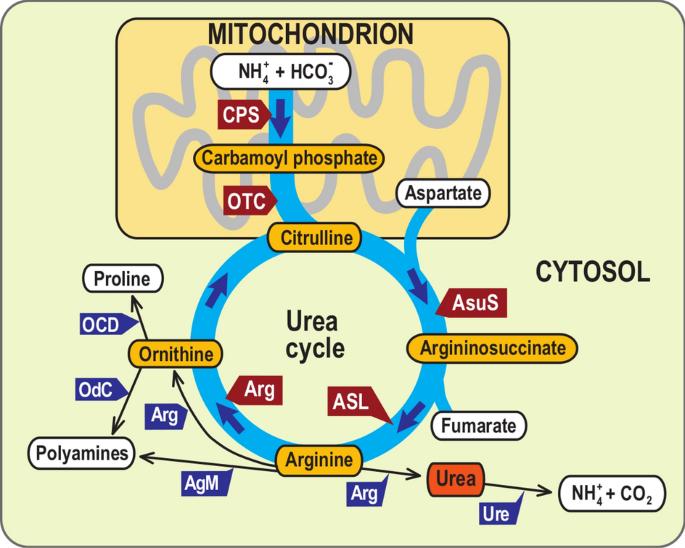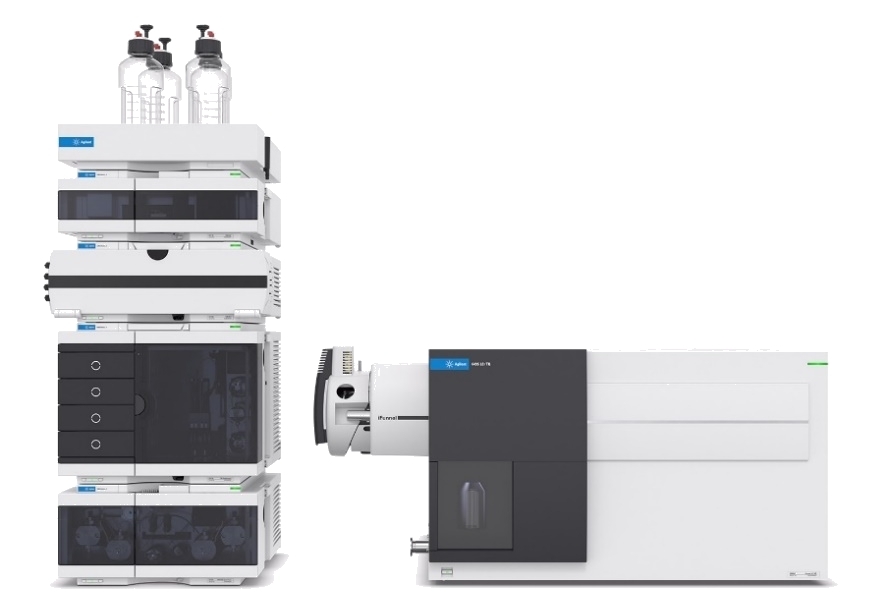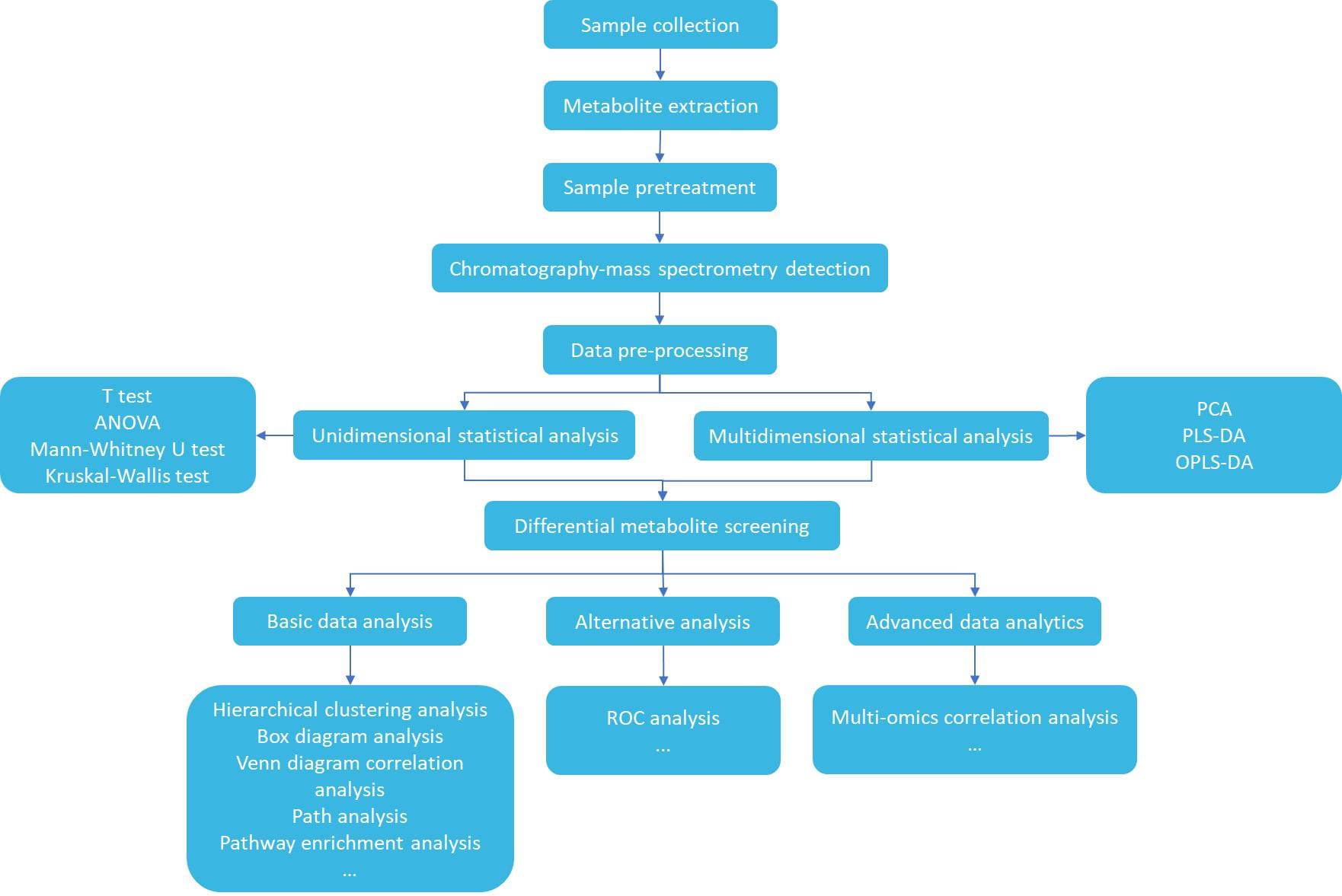The urea cycle, also known as the ornithine cycle, is a series of biochemical reactions that occur in the liver and some other tissues to convert ammonia, which is highly toxic, to urea, which is much less toxic and can be safely excreted by the kidneys. The process involves five key enzymes: carbamoyl phosphate synthetase 1 (CPS1), ornithine transcarbamylase (OTC), argininosuccinate synthase (ASS), argininosuccinate lyase (ASL), and arginase (ARG).
The process starts with the formation of carbamoyl phosphate from ammonia and bicarbonate, catalyzed by CPS1. This reaction requires ATP and occurs in the mitochondria. The carbamoyl phosphate is then combined with ornithine, a non-essential amino acid, by OTC to form citrulline. Citrulline is transported from the mitochondria to the cytosol, where it reacts with aspartate, a non-essential amino acid, to form argininosuccinate. This reaction is catalyzed by ASS. Argininosuccinate is then cleaved by ASL to form arginine and fumarate. Finally, ARG converts arginine to urea and ornithine, which can be reused in the cycle.
 Schematics of canonical urea pathway (Horák et al., 2020)
Schematics of canonical urea pathway (Horák et al., 2020)
The urea cycle is an important metabolic process that regulates nitrogen balance in the body through the storage, excretion and utilization of nitrogen. Abnormalities in the metabolism of the urea cycle can lead to a variety of diseases. UCD is a group of inherited metabolic disorders caused by defects in one of the enzymes or transporter proteins involved in the urea cycle. These disorders can lead to the accumulation of toxic ammonia in the blood, which may result in neurological damage or death. Urea cycle metabolic analysis can be used for research and therapy development for UCD disorders. For example, levels of ammonia, arginine, citrulline and other metabolites in blood or urine can be measured to assess the severity of the disease and the effectiveness of therapies such as low-protein diets, drugs or liver transplants. Urea cycle metabolism analysis can also be applied to the study of liver diseases. For example, hepatic encephalopathy (HE) is associated with impaired urea cycle function, resulting in the accumulation of ammonia in the brain. Urea cycle metabolic analysis can help identify the metabolic changes that occur in HE and develop new therapies to prevent or treat the disease.
In plants, metabolic intermediates of the urea cycle play important roles in adversity signaling, regulation of ion homeostasis and production of antioxidants and osmoprotective substances, in addition to their direct involvement in plant resistance as osmoprotective substances and antioxidants, and also as precursors of Pro, PAs and NO biosynthesis.
Metabolic analysis of the urea cycle is an important tool for understanding the role of the urea cycle in health and disease. The analysis provides insight into the metabolic alterations that occur in various diseases, which can help develop new therapeutic and diagnostic tools. The ability to measure levels of specific metabolites in blood or urine can also help monitor disease progression and treatment response.
Creative Proteomics provides qualitative and quantitative analysis of metabolites in the urea cycle based on LC-MS analysis, focusing on significant changes in metabolites associated with the methionine cycle pathway. This service helps researchers identify and quantify key metabolites involved in the urea cycle and related pathways, leading to a better understanding of metabolic changes in various diseases.
| Substances That Can Be Analyzed (including but not limited to) |
| Metabolites | Ammonia, bicarbonate, ornithine, citrulline, aspartate, argininosuccinate, arginine, fumarate, and urea |
| Key Enzymes | CPS1, OTC, ASS, ASL, and ARG |
Technology Platform for Urea Cycle Metabolism Analysis
Agilent 6495 Triple Quadrupole LC/MS Coupled with the Agilent 1290 Infinity II LC System

Service Workflow

Project Cycle
A standard experiment and analysis process takes about 2~6 weeks.
If you would like to analyze other metabolites or learn more, please contact us. We look forward to working with you.
Reference
- Horák, Aleš, Andrew E. Allen, and Miroslav Oborník. "Common origin of ornithine–urea cycle in opisthokonts and stramenopiles." Scientific Reports 10.1 (2020): 16687.
For Research Use Only. Not for use in diagnostic procedures.


 Schematics of canonical urea pathway (Horák et al., 2020)
Schematics of canonical urea pathway (Horák et al., 2020)


